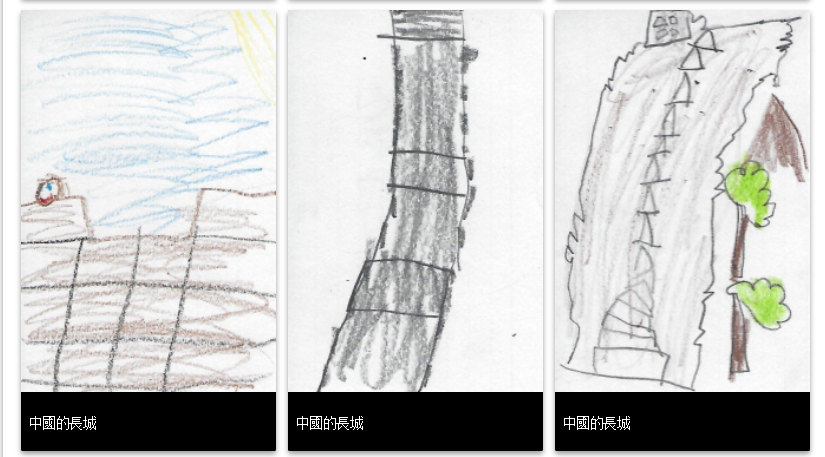Summary
Students will choose a leader who interests them and identify an interesting and important crisis, situation, or problem this leader faced and examine how he or she handled it. They will develop a question that they can research; a question that connects the leader and the political principle. They will develop a plan and carry out their research regarding different perspectives about the decision, crisis, or policy they have chosen and about the choices their leader made. Finally, students will write an analytical essay of no more than 1200 words about one important 20th- or 21st-century leader.
TIPC Ratings
Students must develop a question that they can research, a question that connects a 20th century leader and a political principle. They should consider how the historical situation they are researching demonstrates the political principle. For example, “Were concerns about justice the primary motivation for Abraham Lincoln to issue the Emancipation Proclamation?” (The question includes all three elements: principle. . . leader . . . decision). The best questions will be ones that can be debated and about which there is more than one point of view.
Next, students will develop a plan for completing their research: questions to answer, sources to search, library research sessions to schedule, and deadlines for different tasks. They must use academic sources such as journals. They also must use reliable websites as well as balancing the use of web and print sources. They will provide specific information about resources they will use and where they will find them. As they perform their research, they will take notes with full citation information. They will also evaluate at least 2 sources they used in their essay in terms of origin and purpose, value and limitation, and describe how the values and limitations affect their conclusions.
Students must be effective communicators to accurately discuss the political concepts and their importance to the leaders actions. They must demonstrate their understanding of different perspectives on the leader’s acts by using argument and counter-argument. Students will be working on this project individually as collaboration is not the focus of the lesson.
Students will choose a political leader of interest and do some preliminary reading to develop their essay. Before writing an effective analysis they must narrow their focus by identifying an interesting and important crisis, situation, or problem this leader faced and examine how he or she handled it. Students will consider how the goals, ideas, motives, and/or actions of the leader, and the situations he or she faced, reflect a political concept or principle discussed in the unit (for example, power, the public interest, political culture, ideology, justice, or the like).
Students will find specific and detailed information from different perspectives about the decision, crisis, or policy they have chosen and about the choices their leader made. They will understand the context in which the decision was made, the rationale for the decision, the pressures the leader faced, and the alternatives. They will describe the information that they have found and show how it relates to their thesis. Demonstrating their understanding of different perspectives on the leader’s acts by using argument and counter-argument. And, include an evaluation of at least 2 sources. This type of analysis requires a very high level of thinking.
Students must develop a question that they can research, a question that connects a 20th century leader and a political principle. Doing this requires creativity.
Download Files
- H21 Lesson Plan
- Directions for Students
- Student Artifact1
- Student Artifact2







